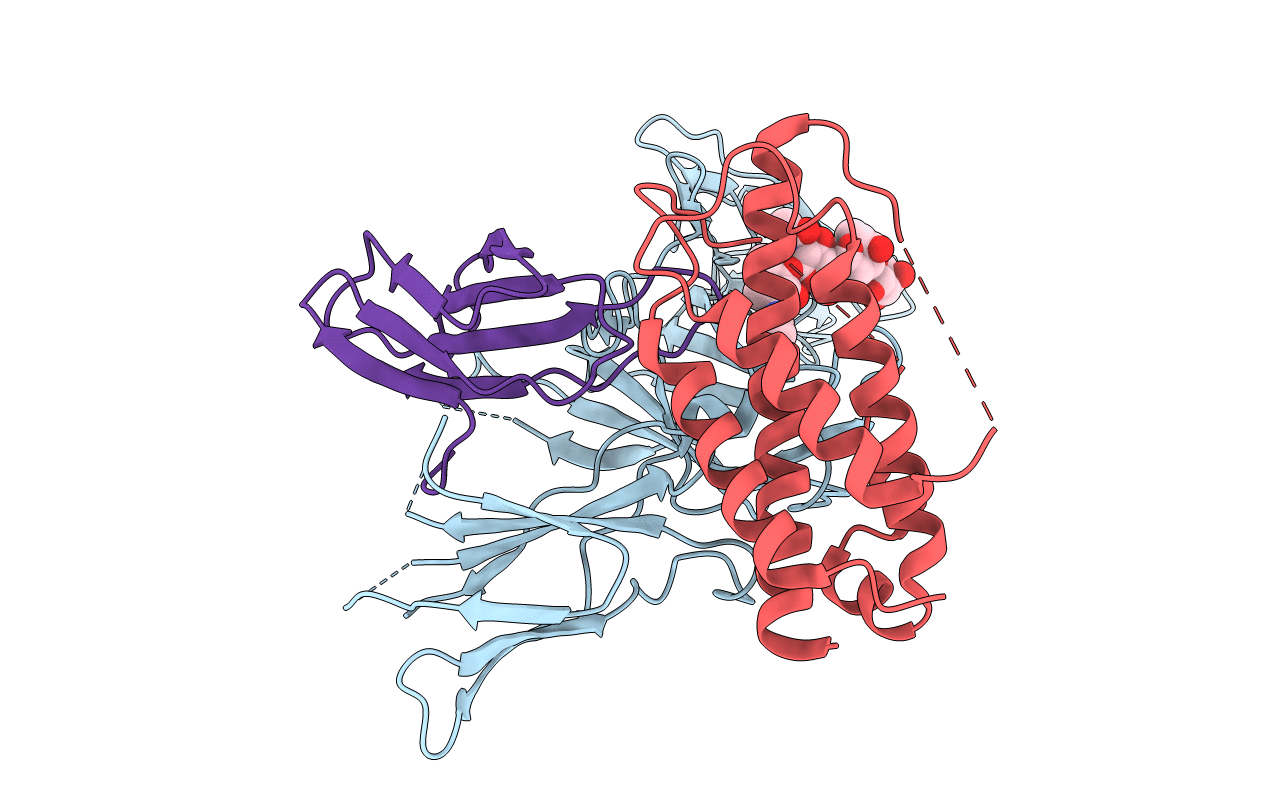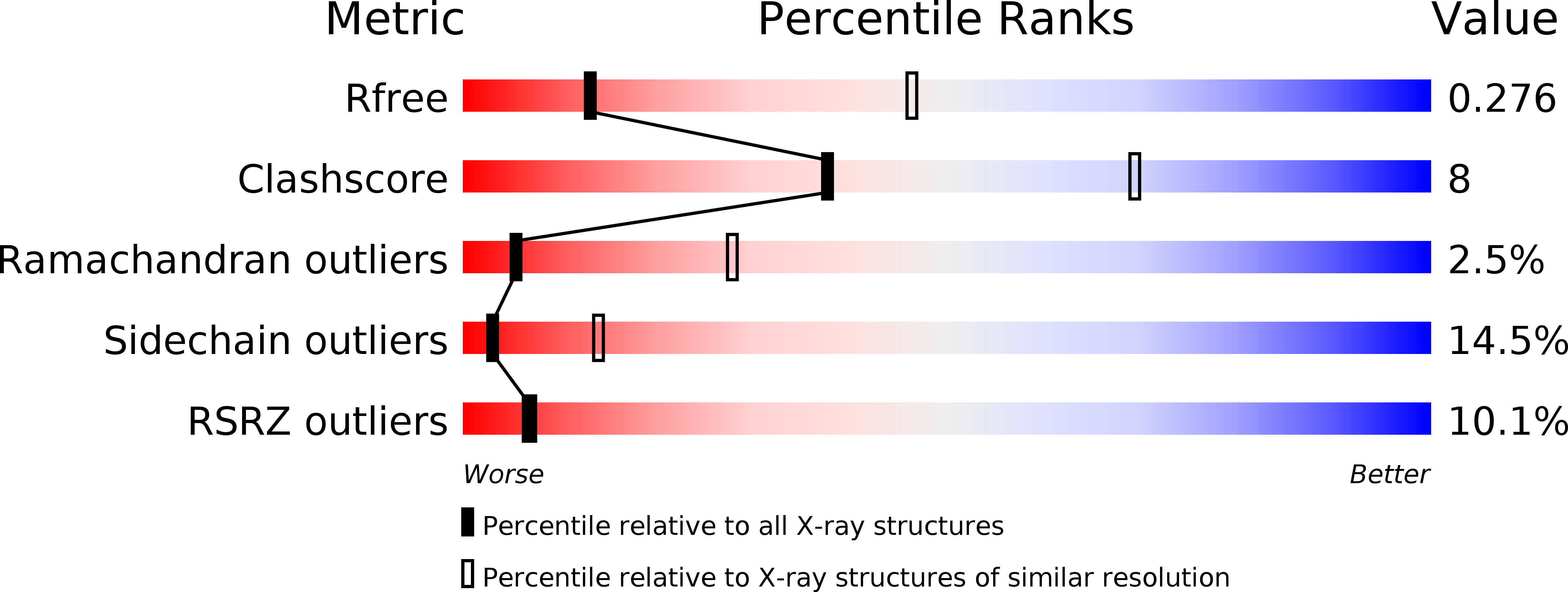
Deposition Date
2011-02-28
Release Date
2012-02-01
Last Version Date
2024-11-06
Entry Detail
PDB ID:
3QWR
Keywords:
Title:
Crystal structure of IL-23 in complex with an adnectin
Biological Source:
Source Organism:
Homo sapiens (Taxon ID: 9606)
Host Organism:
Method Details:
Experimental Method:
Resolution:
3.25 Å
R-Value Free:
0.26
R-Value Work:
0.23
R-Value Observed:
0.23
Space Group:
I 21 21 21


